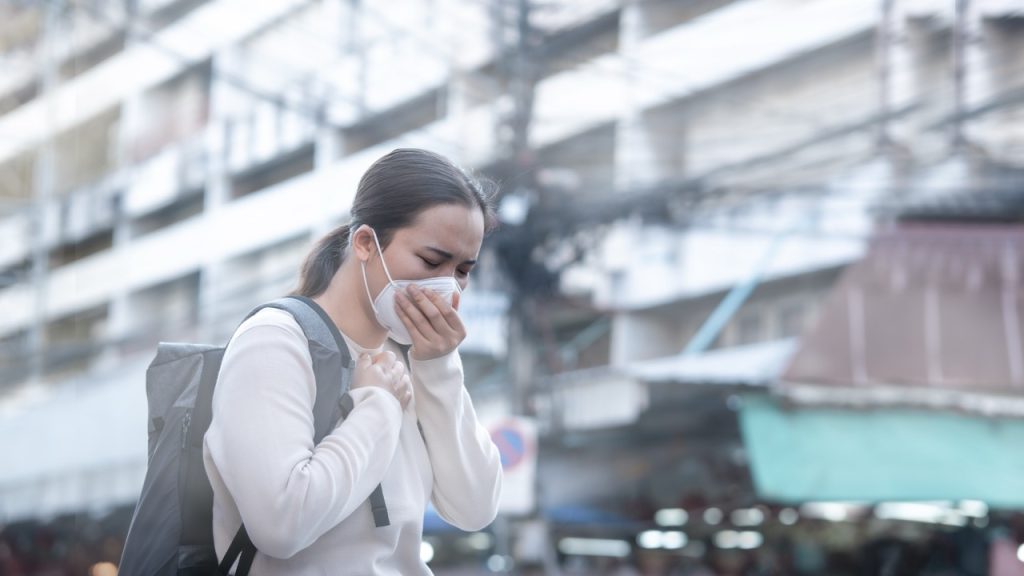The Impact of Air Pollution on Lung Health

How Air Pollution Affects the Lungs
Air pollution is one of the leading causes of respiratory disease worldwide. When we inhale polluted air, tiny particles and gases enter deep into the lungs, triggering inflammation and oxidative stress. Over time, this can lead to or worsen conditions like asthma, COPD, and chronic bronchitis.
The most dangerous pollutants include:
- Particulate matter (PM2.5) — microscopic particles that penetrate deep into the lungs
- Nitrogen dioxide (NO₂) — from vehicle exhaust
- Ozone (O₃) — formed by chemical reactions in sunlight
These pollutants can damage lung tissue, impair immune defense, and even affect the heart.
Who’s Most at Risk?
- Children and seniors — developing or aging lungs are more vulnerable.
- People with existing lung disease — pollution can worsen flare-ups.
- Urban residents and outdoor workers — exposure is higher in congested areas.
Don’t Forget Indoor Air Quality
Indoor air can be just as harmful, especially with poor ventilation. Common sources include smoke, cleaning products, and mold.
Improve your indoor air by:
- Using HEPA air purifiers
- Keeping your home smoke-free
- Ensuring good ventilation when cooking or cleaning
Taking Steps to Protect Your Lungs
- Check local air quality before outdoor activities.
- Wear an N95 mask on high-pollution days.
- Stay indoors when pollution levels are extreme.
- Schedule regular lung function tests with your pulmonologist.
At Pulmonary & Medicine Associates, we provide comprehensive respiratory care to help you manage the effects of environmental exposure and keep your lungs healthy.

